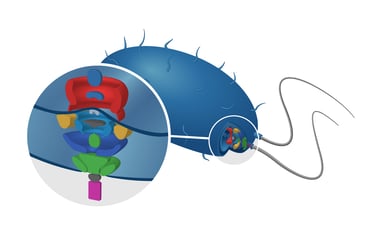
life sciences
Cryo-electron tomography: imaging flagellar motor protein structures
Flagella are filamentous protein complexes found on many bacteria and some eukaryotic cells. Imaging techniques such as cryo-electron tomography (cryo-ET), are ...
All topics

Flagella are filamentous protein complexes found on many bacteria and some eukaryotic cells. Imaging techniques such as cryo-electron tomography (cryo-ET), are ...
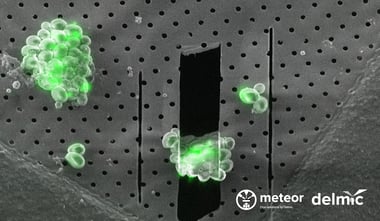
In our previous blogposts we discussed different applications of cryogenic electron tomography (cryo-ET) and how an integrated fluorescent light microscope ...
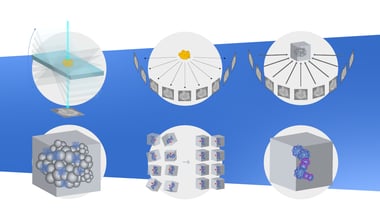
Cryo-electron tomography (cryo-ET) allows the 3D visualization of a small volume of a vitreous biological sample with nanometer resolution. Protein complexes ...
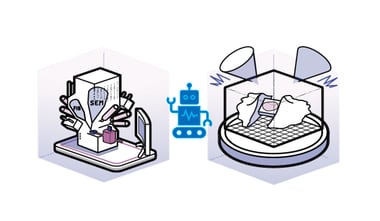
Cryo-electron tomography (cryo-ET) is an emerging technique that allows scientists to determine the structure of biological complexes within their cellular ...
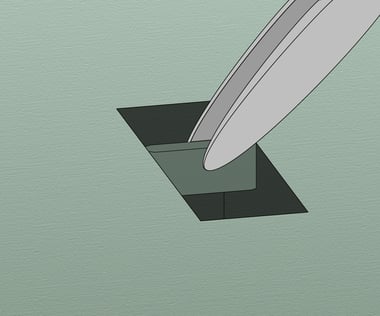
Cryo-electron tomography (ET) in combination with cryo-focused ion beam (FIB) milling allows the study of biological structures in near native conditions at a ...
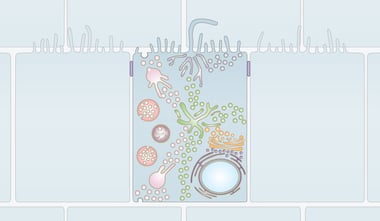
Eukaryotic cells contain a complex network of membrane-bound organelles where specialized processes of the cell take place.
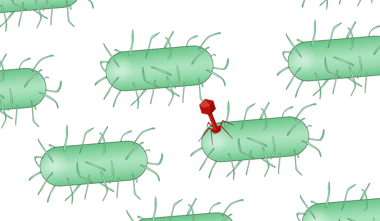
Viruses are microscopic infectious agents that are not able to reproduce outside of their hosts. We associate viruses with a variety of diseases, ranging from ...
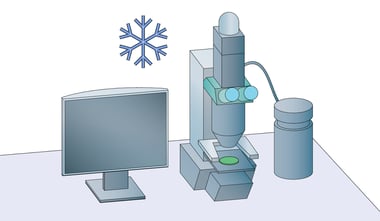
In cryogenic electron microscopy (cryo-EM) a sample is immobilized by rapid freezing in a process called vitrification.
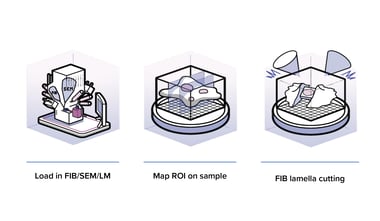
Cryogenic electron tomography (cryo-ET) is an imaging technique that uses a cryo Transmission Electron Microscope (cryo-TEM) to acquire high-resolution 3D ...